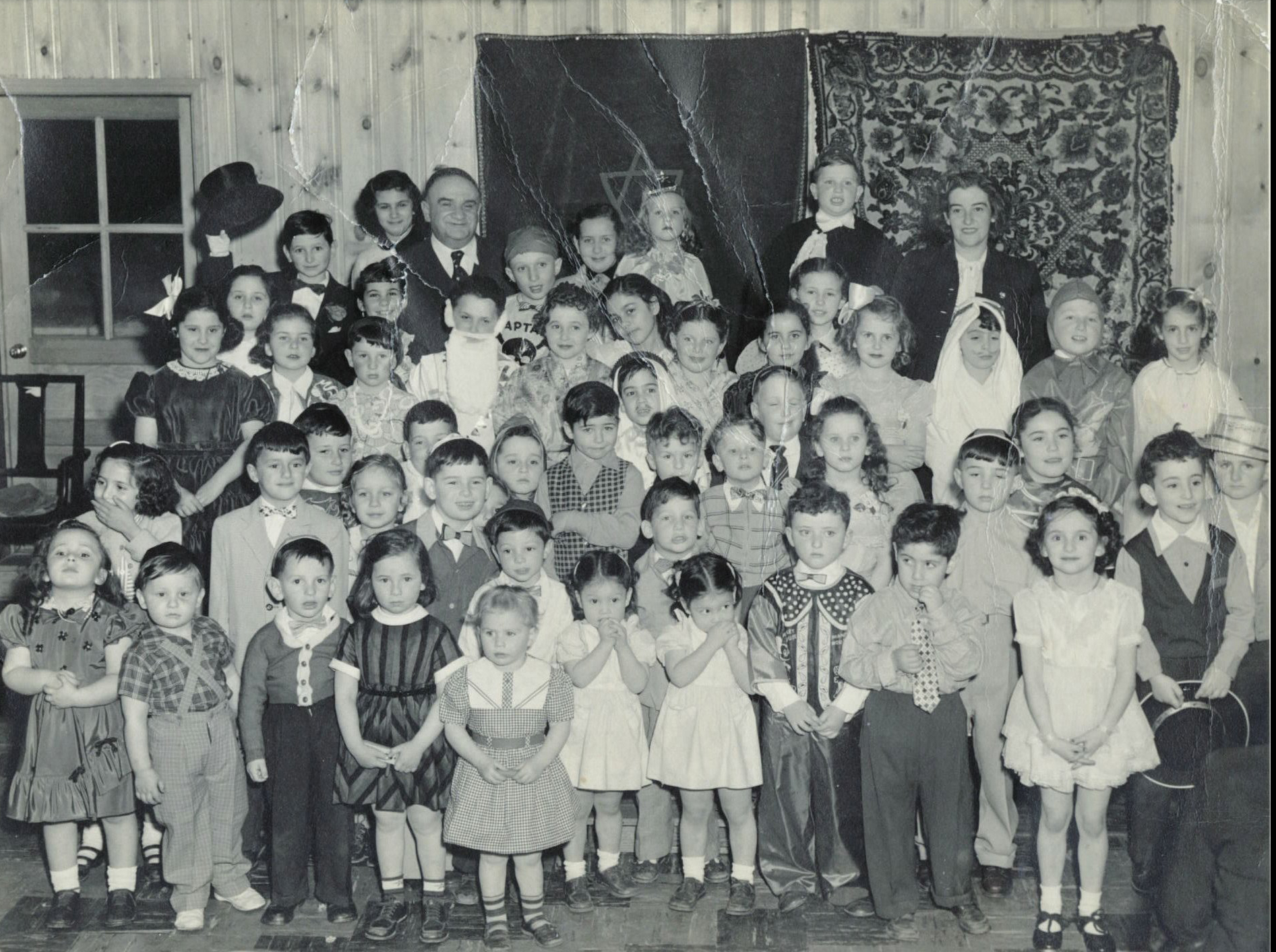|
George
Segal - Artist/Sculptor
South Brunswick
|
My father arrived in 1922--he was one of six
or seven brothers all of whom were killed by
the Nazis except my father, who was the only
one who was annoyed enough, irritated
enough, by European nonsense to leave Europe
and come to America. And his brothers and
all the members of his family were killed by
the Germans. So, growing up I was made well
aware of Nazis and Nazi attitudes towards
Jews, and was made well aware of Jewish
problems.
My mother and father were flat broke
immigrants who were spending 16, 18 hours a
day working for mere survival; and I
thought, boy that's got to be stupid, it's
got to be stupid, and yet there was the
reality, rubbing up against my nose, how
hard my father and all his friends, how hard
they had to work for mere simple survival.
And I couldn't accept it.
My father bought a farm in New Jersey--he
had not been allowed to own land in Poland,
and it was very important to him, somehow,
to be a landowner. And the whole idea of
owning a farm had something to do with his
Jewishness--it had to do with the sense of
returning to Israel, to work the land. It
had to do with belief in Return to the
Homeland. I think the Hebrew word is Aleeya,
which is literally return to the land. It
was connected with the idea of working your
land. That idea was in the air--it was a
socialist ideal, essentially I think.
I had to quit school (college) somehow, my
father had nobody to work his chicken farm.
And I was forced to quit school, forced to
take care of the chickens. I used to spend
my time drawing on the walls of the chicken
houses.
During the war it was heavily subsidized,
all farms were. The world needed all the
American food that was being produced, and
all the surplus eggs we produced were
feeding the world, literally. So, during
World War II, the Washington programs
guaranteed that every farmer made a good
living. The world, literally, needed the
food.
|
Barbara
Ellman
Farmingdale |
My mother
told me about visiting her Mallow cousins on
their Chicken farm during Purim and going to
a Purim party at the Grange Hall. All
the children were dressed in costumes
created for the holiday.
Great-uncle Morris sent a metal egg
container with 3-dozen eggs to our Kagle
family in Brooklyn every week from the farm
in Farmingdale. The container had an
address label that could be reversed for
returning it to the farm for the next week's
bounty.
|
Susan
Schulman
Farmingdale
|
I remember my
mother telling me about how the family would
come to the farm in the evening, sit on the
porch and sing Russian folk songs.
During the depression they would give away
the "Fryers" or invite people over to eat
the "fryers" with them.
My grandfather built all the chicken coups.
Mom said she didnt like taking the eggs at
first because the chickens would always peck
her hands.
|
Sol
Finkelstein
Vineland
|
My father, a
Holocaust survivor, came home to our
apartment in New York and told my mother
that he bought a parcel of land in Vineland
where they could
feel free, where they didnít have to speak
English, where nobody would tell them what
to do or what not to do.
He and my uncles bought 10 acres with little
houses and borrowed money to buy chicken
coops. Soon 400 Holocaust
refugees came to Vineland to be chicken
farmers!
The family was six survivors growing up in
three bungalows raising seven cousins always
eating in each others houses. The
feeling was like a kibbutz.
Everyone had an accent. Everyone had a
tattoo.
|
Isaac Ehrlich
|
Purim Party 1955
at the Dorothy (NJ) Synagogue, "a
basement with a tar paper roof" at that
time. It was Purim and in this picture
are pretty much all the Jewish farm kids
with parent survivors.
Can you identify anyone
in the photo?!

© Isaac Ehrlich
|
|
|

